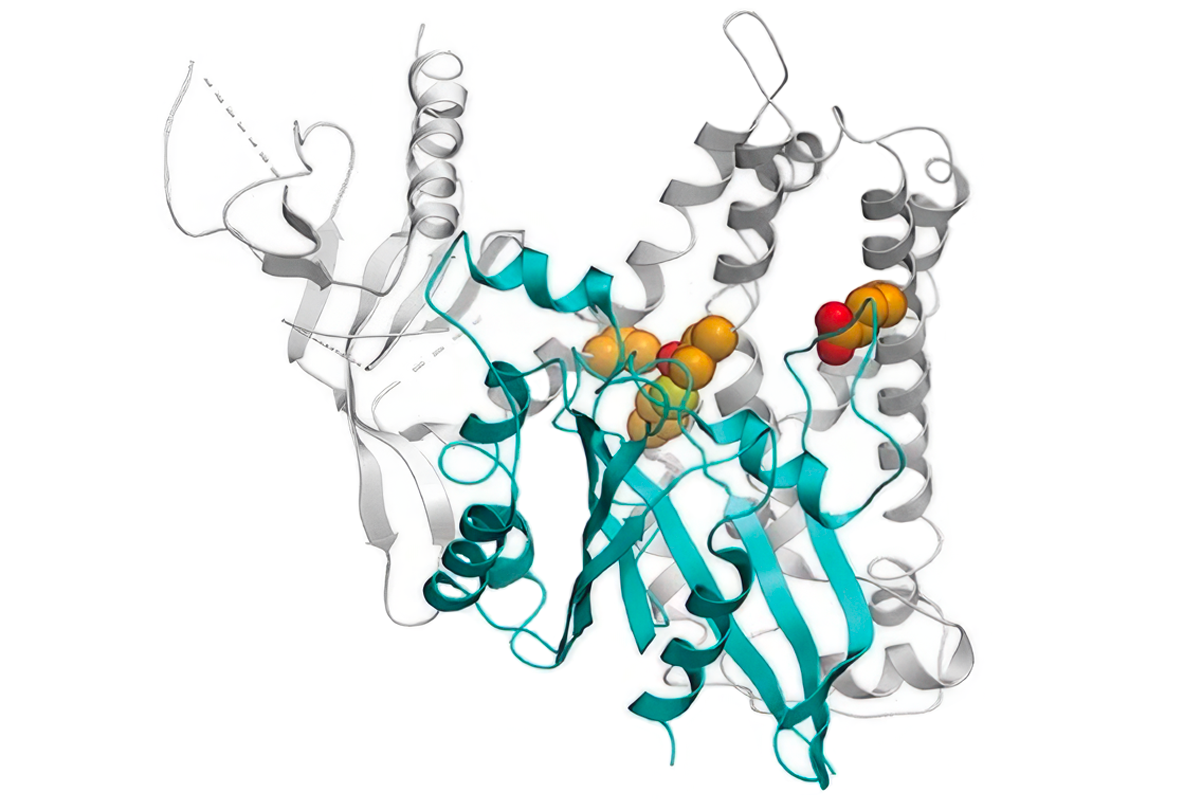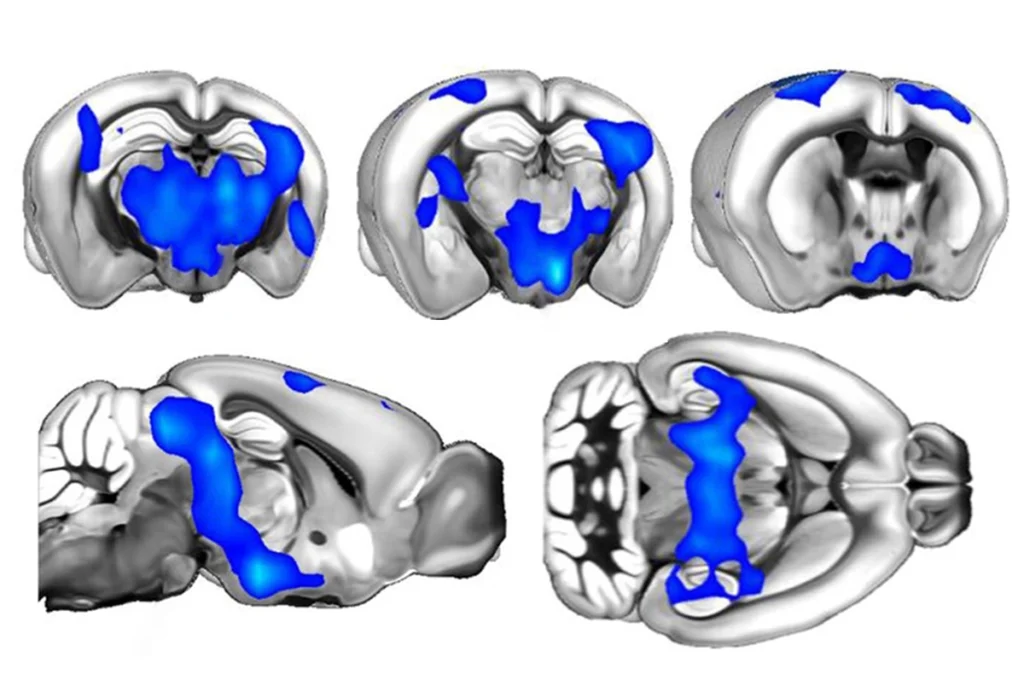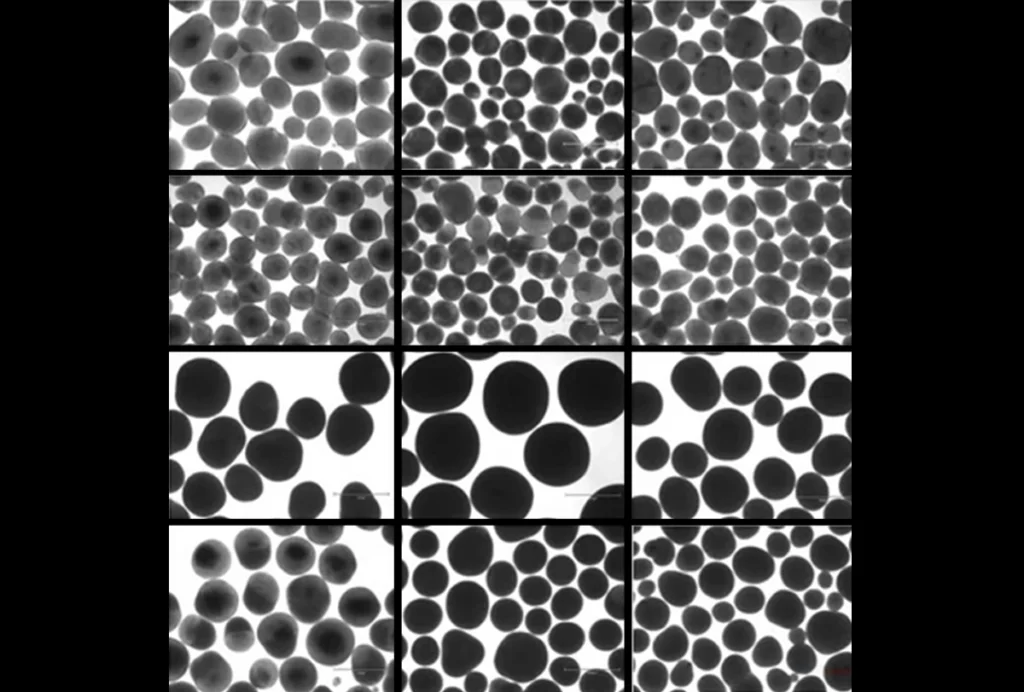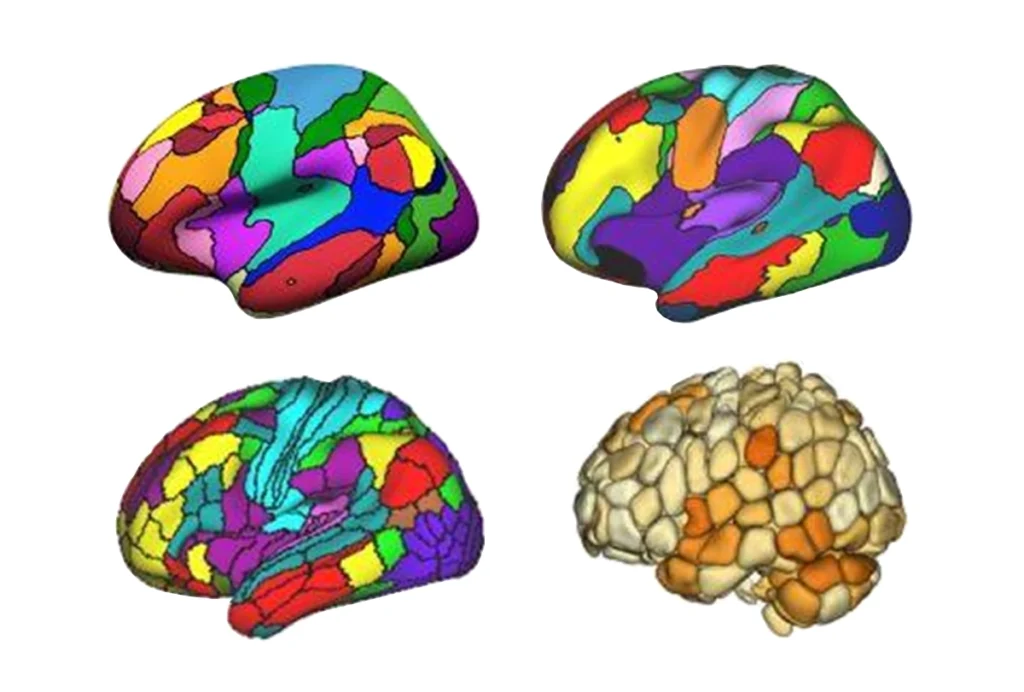- Transcriptomes of cultured neurons created from human-induced pluripotent stem cells tend to be enriched in genes linked to autism and schizophrenia. BMC Biology
- A structural modeling approach accurately predicts which variants of the autism-linked gene TRIO alter interactions between the TRIO and RAC1 proteins, a pathway involved in neuronal development. Spectrum has previously reported on TRIO mutations in autistic people. Molecular Autism
TRIO gene; left-handedness; gender diversity
Here is a roundup of autism-related news and research spotted around the web for the week of 15 April.
By
Jill Adams
16 April 2024 | 2 min read

Irreconcilable differences: Mutations in the GEF1 domain of the protein TRIO (gray) are predicted to disrupt its binding to RAC1 (cyan).
- Mice that carry variants of the NACC1 gene—which are linked to severe neurodevelopmental delay in people—have altered genomics and synaptic function, and display behaviors that appear to model the syndrome. Journal of Neuroscience
- People who carry rare variants of the TUBB4B, DSCAM and FOXP1 genes are more likely to be left-handed, an observation that may inform the development of the brain’s left-right axis and may relate to neurodevelopmental conditions such as autism. Nature Communications
- Autistic people assigned female at birth, those who identify as female and those who are gender-diverse tend to receive their autism diagnosis at a later age than autistic people assigned male at birth, those who identify as male and those who are cisgender, respectively. Autism
- Early differentiation of GABAergic interneurons is regulated by the FOXG1 gene, which is linked to autism and Rett syndrome. PNAS
- Female, but not male, mice missing the autism-linked gene PTEN have hyperexcitable cortical sensory circuits that reflect changes in glutamate and estrogen receptor activity. Cell Reports
tags:
Recommended reading

Building an autism research registry: Q&A with Tony Charman
By
Cathleen O’Grady
25 July 2024 | 8 min read

CNTNAP2 variants; trait trajectories; sensory reactivity
By
Jill Adams
23 July 2024 | 2 min read

Brain organoid size matches intensity of social problems in autistic people
By
Holly Barker
18 July 2024 | 5 min read
Explore more from The Transmitter

Cerebellar circuit may convert expected pain relief into real thing
By
Angie Voyles Askham
24 July 2024 | 6 min read

New ‘decoder’ tool translates functional neuroimaging terms across labs
By
Holly Barker
23 July 2024 | 4 min read
Cite this article:
